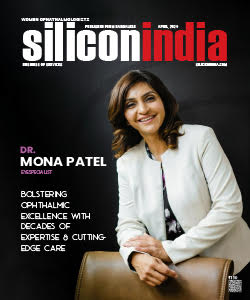QR Codes To Generate 3D Images On Phones Without Internet
BANGALORE: Quick Response (QR) codes – the box-shaped symbols that appear on signs and posters – may be used to securely display 3D images on your phone, even without involving the often-untrustworthy internet, scientists say.
QR codes are a convenient and efficient way of accessing specific web pages with a smartphone or other mobile device. By adding an array of tiny lenses to an ordinary smartphone, a team of optical engineers from the University of Connecticut has found a way to securely display three-dimensional (3-D) images by simply scanning a series of QR codes – without ever accessing the Internet.
This data storage and display scheme could have exciting implications for personal 3-D entertainment, product visualisations for manufacturing and marketing, and secure 3-D data storage and transmission, researchers said. ”We have developed a method of using QR codes along with off-the-shelf mobile device technology such as smartphones to enable encrypted 3-D information to be securely displayed on mobile devices,” said Bahram Javidi, the project team leader and co-author on the paper.
”The QR codes we developed store compressed and encrypted images, which can be easily scanned, decrypted, and decompressed by commercial smartphones for secure 3-D visual communication,” said Javidi.
Through their research, the engineers also addressed an intrinsic security flaw with QR codes. Currently, if a link to a website is stored in the QR code, a smartphone will automatically link to that website and access the data stored there, but that website may contain malicious programming. ”In our proposed method, we store self-contained slices of data in the QR codes themselves.
It’s then possible to receive and visualise 3-D images without using the Internet,” Javidi said. The process of storing and encoding the images is done by first selecting the primary image to be visualised. This could be either a single 3-D object, like a car or household object, or an entire 3-D scene.
The study was published in The Optical Society’s (OSA) journal Optica.


.jpg)


.jpg)